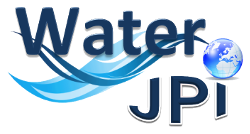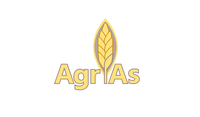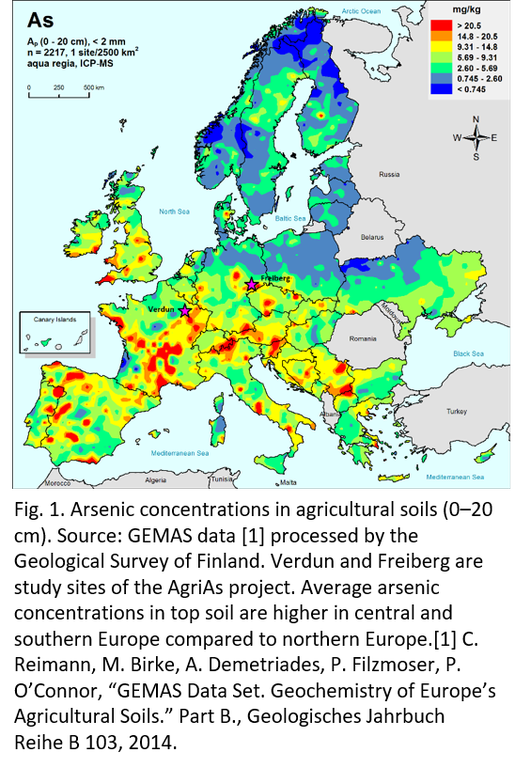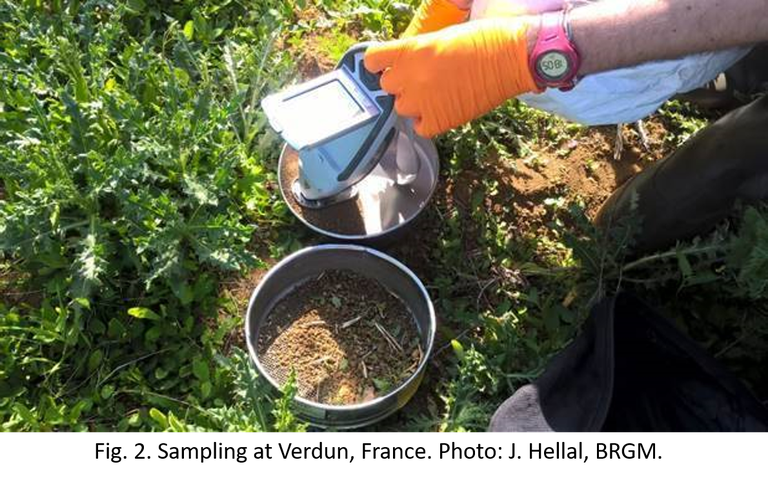AgriAs project developed risk management for agricultural soil and water contaminated with arsenic
AgriAs summarized European databases and developed recommendations and guidelines for the sustainable management of risks posed by arsenic in agricultural areas. Research institutes, universities and companies from Finland, France, Germany and Sweden participated in the project.
Agricultural topsoil contains more arsenic on average in central and southern Europe than in northern Europe (Fig. 1). There are geological reasons for the difference. However, contamination from mining activities, ammunition, wood preservatives, insecticides and herbicides has increased arsenic concentrations in the European environment.
The French study site was an area of destruction of World War I chemical ammunition located at Verdun in a sensitive zone both for agriculture and groundwater (Fig. 2). The German study site in Freiberg, Saxony, is characterized by mining and ore processing. After 800 years of mining, 288 km² of agricultural soils show values exceeding the German action value of 50 mg/kg arsenic.
Soil remediation experiments were successful with a biologically synthesized adsorbent sorpP.
The preliminary health risk assessment showed that if a significant proportion of dietary intake comes from contaminated sites, the consumption of contaminated food products can lead to increased health risks.
Experimental and sustainability analysis for arsenic removal technologies from agricultural surface water showed that the adsorption and coagulation-filtration processes were the most feasible options for the treatment of surface waters with significant arsenic concentrations.
Recommendations were compiled in close cooperation with authorities and stakeholders.
Finally, we established a general risk management. Risk management for safe use is the main option for extensive agricultural areas, while remediation options that directly treat the soil can only be considered in smaller areas subject to sensitive use. Each site has different characteristics and therefore we recommend the case-by-case assessments and agricultural treatments to be assessed on a small scale before attempting the treatment of large areas.
Please see the Layman’s report of the AgriAs project: http://projects.gtk.fi/export/sites/projects/AgriAs/downloads/AgriAs_Laymans_report_17_12_2019.pdf
Additional information: Project Coordinator Kirsti Loukola-Ruskeeniemi, Geological Survey of Finland. E-mail: kirsti.loukola-ruskeeniemi@gtk.fi
Figures
.
Acknowledgements
The AgriAs project ‘Evaluation and management of arsenic contamination in agricultural soil and water’ was co-funded by the European Union and the Academy of Finland, L'Agence nationale de la recherche, Bundesministerium für Ernährung und Landwirtschaft and Forskningsrådet FORMAS under the ERA-NET Cofund WaterWorks2015 Call. The ERA-NET is an integral part of the 2016 Joint Activities developed by the Water Challenges for a Changing World Joint Programme Initiative (Water JPI).



